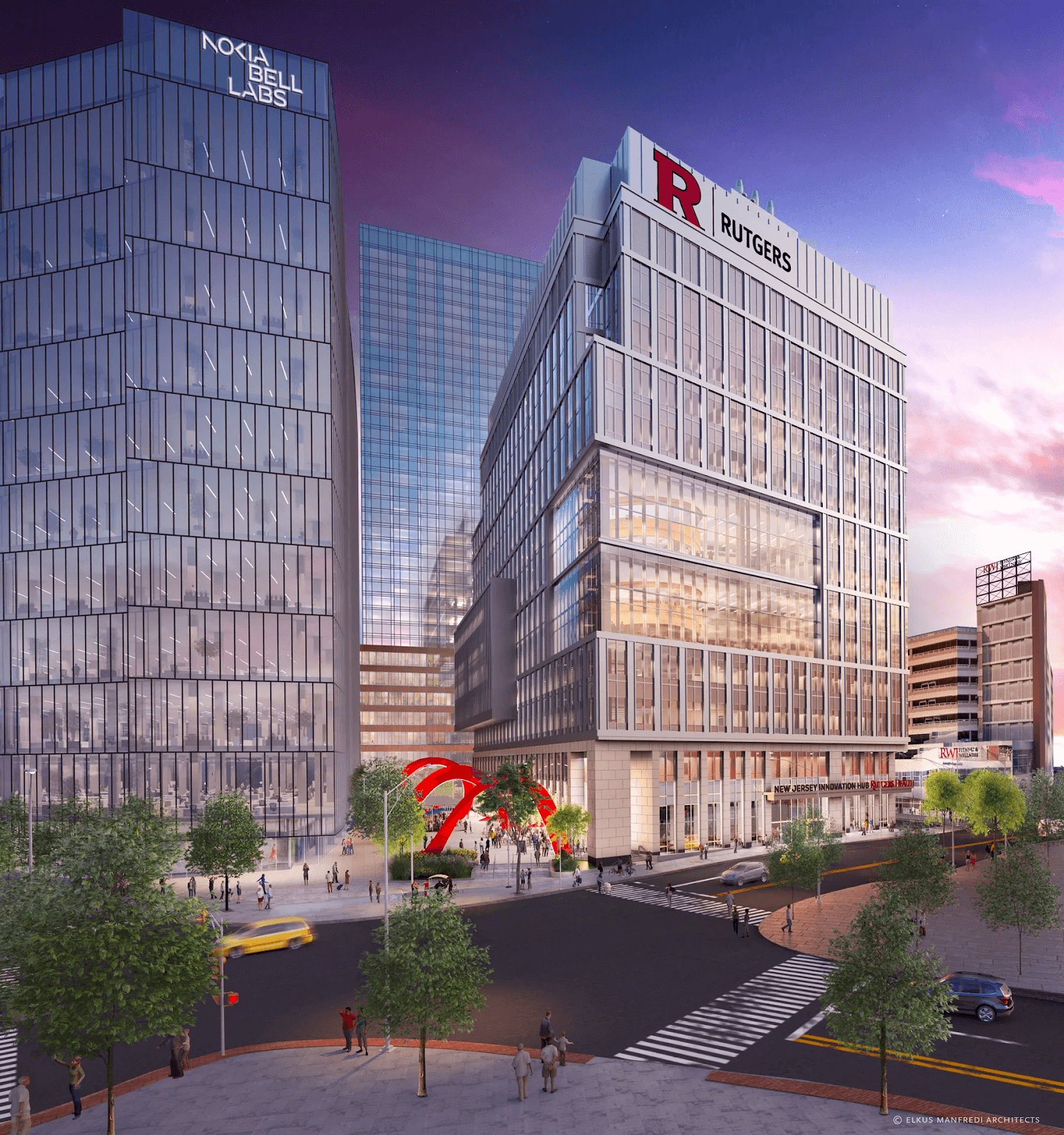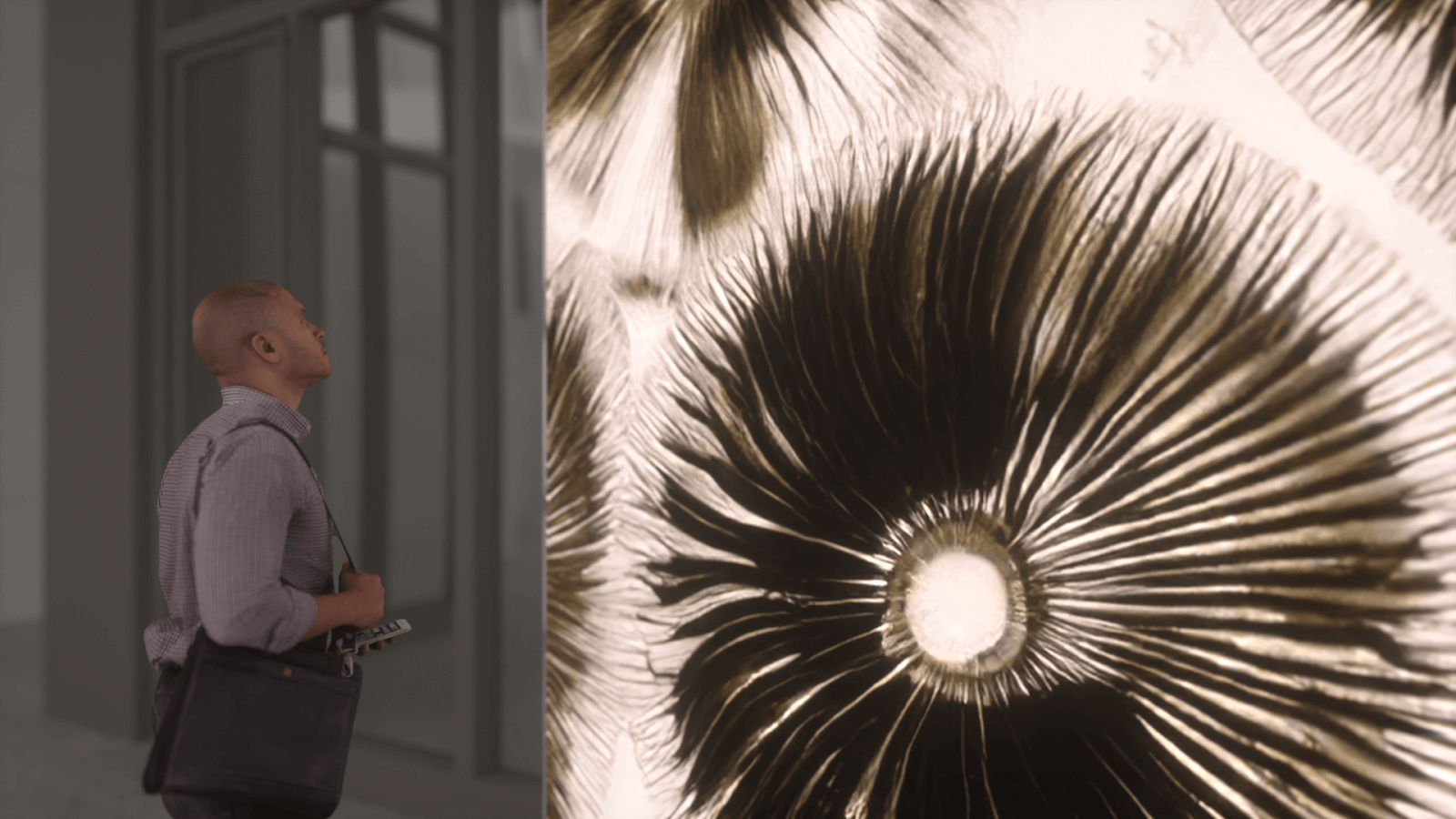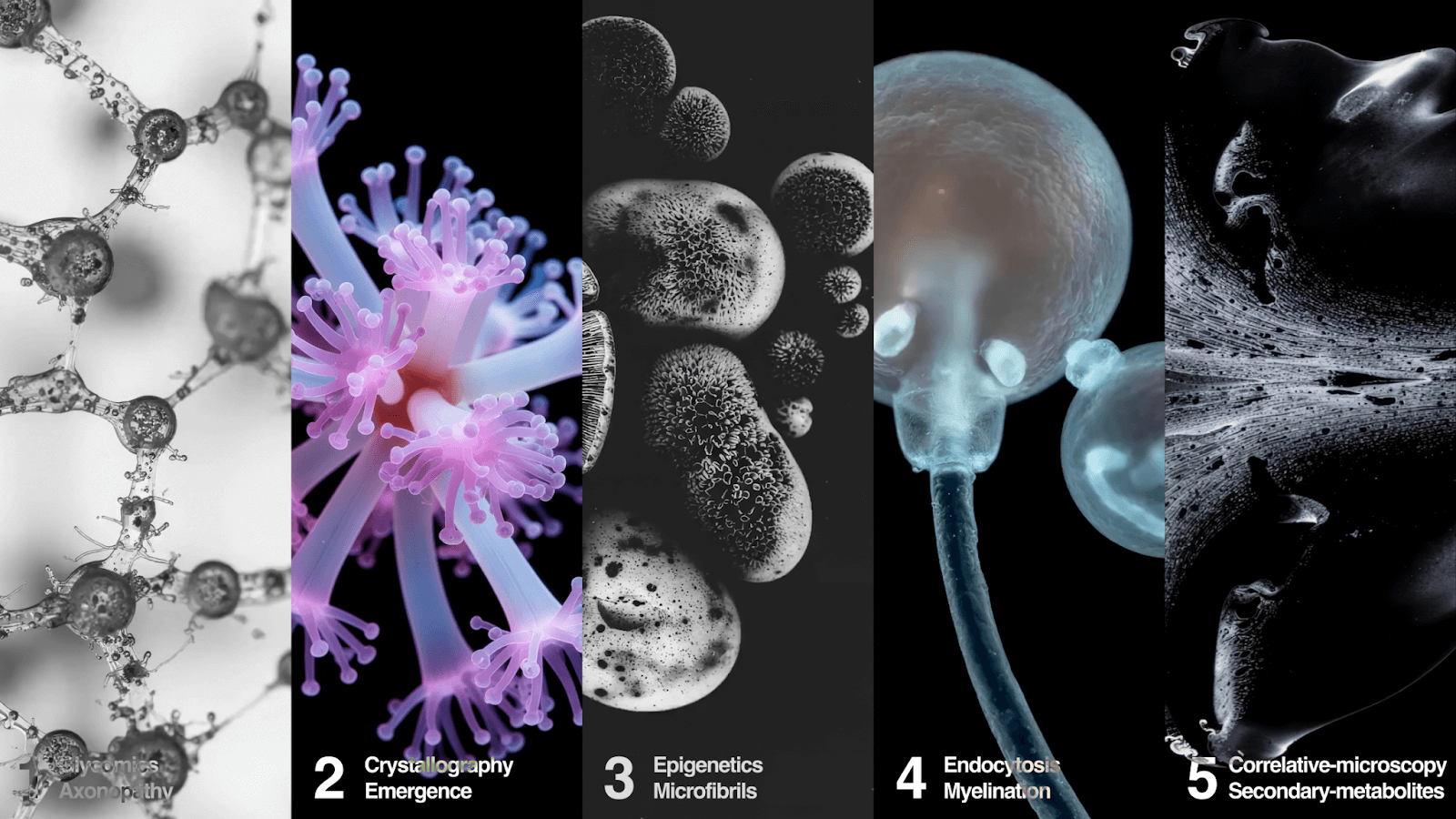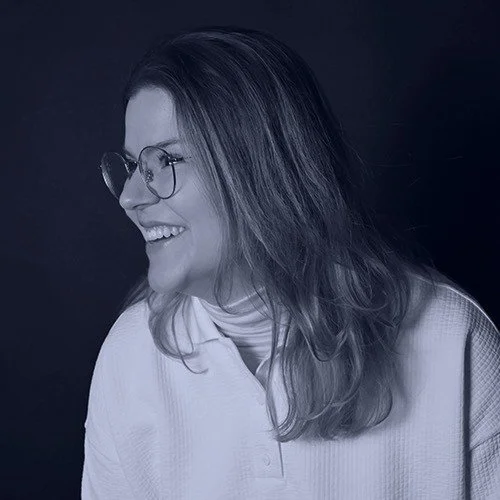If Buildings Could Dream: How AI Is Making Architecture Think, Feel, and Speak
by Sarah Crooks, Director of Growth @ HUSH
For decades, the promise of smart buildings has shaped how we think about architecture. With the help of technological progress, sensors, screens, and connected systems, spaces have become more automated, but rarely meaningful.
At HUSH, we believe the next paradigm of technical evolution in the built environment is here. Thanks to AI, architecture doesn’t just function, it uses its “smarts” to think, feel, and even dream.
This kind of expressive architecture leverages generative systems, real-time data visualization and storytelling in relationship to the conditions of the built environment. It is a new way of imagining space, where buildings become active collaborators with the people around them. At The HELIX innovation campus in New Brunswick, New Jersey, we’re bringing this vision to life. In partnership with Adobe Firefly, we’re transforming a campus from a set of static structures into a living system that reflects the research, culture, and imagination of its community in real time.
Rendering by Elkus Manfredi Architects
The HELIX: A Proof Point for Expressive Architecture
DEVCO, the real estate developer, had a vision for The HELIX that was ambitious from its inception. The three-building life sciences campus was designed to be the new East Coast hub for research and innovation, rivaling Kendall Square in Cambridge and North Carolina’s Research Triangle. The architecture and engineering needed to be technically advanced to support the latest in research capabilities, but Chris Paladino, DEVCO’s CEO, knew that an innovative infrastructure wasn’t enough to effectively signal the depth and ingenuity of the research innovations happening within.
To truly distinguish The HELIX, the campus needed to become a reflection of the minds inside - dreaming, thinking, solving, alive. Thousands of people will move through its spaces every day, including researchers, students, entrepreneurs, press, politicians, investors and VIP guests. How could The HELIX communicate its identity as a place of discovery and invention? How could it stand out distinctly from other life sciences and innovation campuses?
HUSH’s brief was ultimately a placemaking strategy - one that needed to increase the value proposition of the campus, making it more powerful than the sum of its physical parts. We needed to ensure the concept of innovation was ever-present and ownable, and a lens through which every visitor saw The HELIX. Our solution was to surface the intellectual and emotional power of the site-specific research and amplify the work of those responsible for it - this was especially powerful given the research profession is one that often happens out of plain sight.
AI as the Creative Enabler
Turning this ambition into reality required a radical approach. We proposed the defining feature of the central lobby as a large-scale exhibition of digital artworks that would be ever-changing, born out of AI’s generative, dreamlike meditations on the latest published research. They would evolve in real time in parallel to the emergence of new ideas and discoveries. With this connection, the building becomes an expressive living system tied to human behavior, intellect and inventiveness - the ebb and flow of innovation.
This transformation of the campus from static structure to expressive environment wouldn’t be possible without the power of AI. Parsing and interpreting thousands of academic papers, abstracts, and scientific themes, then translating them into visual form, would have required an army of curators, editors, art directors and designers - and years of effort.
Instead, we partnered with Adobe Firefly to create a generative AI pipeline that could handle the scale of data while remaining grounded in our creative intent. To summarize, the pipeline ingests dense alpha-numeric research data, filters it through specific creative direction and art direction germane to project, and produces still and motion artworks based on key themes. In the end, we produced over 11,000 images and 2,500 videos, each one explicitly born out of the research on campus.
This isn’t a story of outsourcing creativity to machines. Instead, we sought to combine the speed and scale of AI with our curatorial intelligence. Our team used Firefly’s generative tools as a starting point, then applied a human eye to refine, select, combine and organize outputs. Firefly provided the capacity to explore thousands of possibilities while our creative team ensured that the final artworks retained visual nuances with subtlety of meaning. This is a beautiful balance of forces - human and technology - doing what each does best.
Concept visualization by HUSH. ©2025
A Building That Sparks Innovation
Beyond aesthetics, the exhibition experience is also designed to be catalytic. Our vision is that, for example, a biomedical scientist will encounter imagery inspired by a colleague's research in material science. Perhaps each will think about the other's discipline in a new way, or might see their own work reframed in a surprising fashion. Ultimately, the artworks are an alchemy of human ambition and technological dream, poetic interpretations of deep innovation that have the possibility to unlock new ways of thinking, and human connection.
This dreamlike quality invites exchange and transforms the built environment into an expressive force that can influence the culture of research and accelerate ground-breaking innovation.
Artwork visualization tests by HUSH. ©2025
The Future of Expressive Architecture
Expressive architecture means an environment in flux, changing dynamically in response to both invisible and visible inputs, data and thought. As the campus continues to grow and new research flows, the exhibition will generate more diverse expressions. Over time, the building will reflect far more than the research itself - it will become an expression of the community’s values, behaviors and culture.
This approach opens the door to a broader future. Imagine campuses where the architecture expresses collective identity. Hospitals that reflect the resilience of their patients. Cultural institutions that visualize the ideas shaping society. Expressive architecture can make buildings more than containers for human activity. It can make them collaborators in human progress.
At HUSH, we believe the future of architecture goes beyond “smart” buildings. Instead, our built environment - from that of a lobby to entire city districts - can become a dynamic expression of the ideas, psychology and behaviors of their inhabitants. With the right tools and intent, buildings can amplify the ideas they house, reflect the people within them, and perhaps most importantly, dream alongside them. Environments like this demand attention, soliciting the greatest minds in a particular field, retaining the most ambitious tenants, and generating more value for the stakeholder ecosystem.
Sarah Crooks, HUSH





